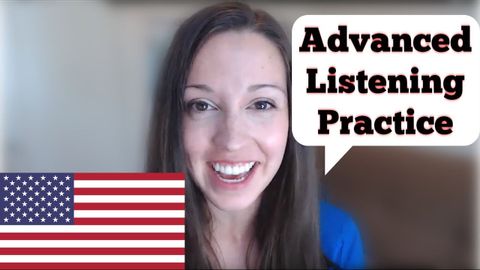理解FAST英語會話[高級聽力課程]。 (Understand FAST English Conversations [Advanced Listening Lesson])
yabu tali 發佈於 2021 年 01 月 14 日  沒有此條件下的單字
沒有此條件下的單字US /məˈtɪriəl/
・
UK /məˈtɪəriəl/
- n. (c./u.)布料;素材;資料;材料;物質
- adj.重要的;物質的
- n. (c./u.)通道;接近或使用的機會;訪問
- v.t.訪問
- v.t./i.存取(資料);訪問
US /ˌrɛkəˈmɛnd/
・
UK /ˌrekə'mend/
US /ɪkˈsprɛʃən/
・
UK /ɪk'spreʃn/
- n. (c./u.)表達;措辭;表情;表達式;表現;表現

